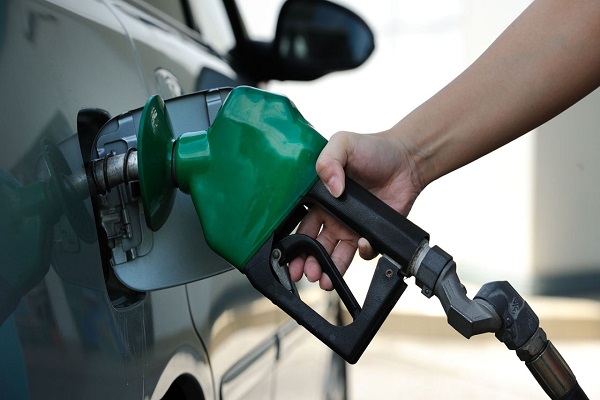
Fuel scarcity and price hike
Even the regulator, the Nigerian Midstream Downstream Petroleum Regulatory Agency (NMDPRA), headed by Farouk Ahmed, feigned ignorance of such increase, insisting that prices were still the same.

Even the regulator, the Nigerian Midstream Downstream Petroleum Regulatory Agency (NMDPRA), headed by Farouk Ahmed, feigned ignorance of such increase, insisting that prices were still the same.
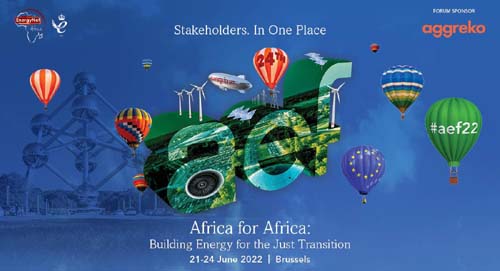
Interestingly, 25 years down the line, AEF has grown to become the most preferred energy meeting by international investors. The event has a loyal following of credible players working in the power space and a track record of delivering a valuable networking experience.
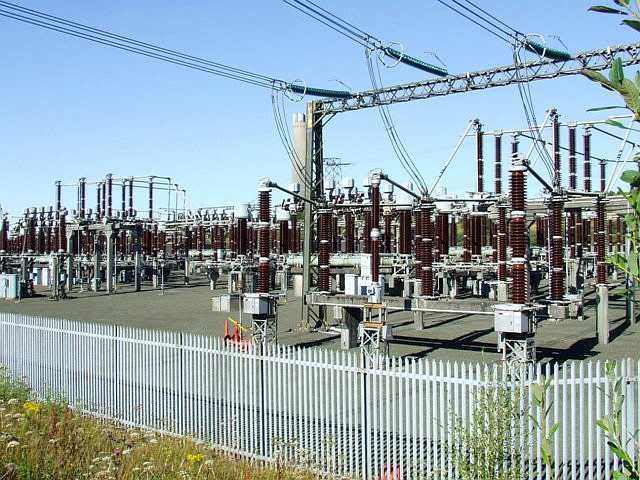
According to Omonfoman, the problem is partly due to the non-implementation of cost-reflective tariffs by the Nigerian Electricity Regulatory Commission (NERC), high technical and commercial losses exacerbated by energy theft, and consumers’ apathy to payments because of unfair estimated billing practices by DisCos, and poor metering implementation by DisCos.
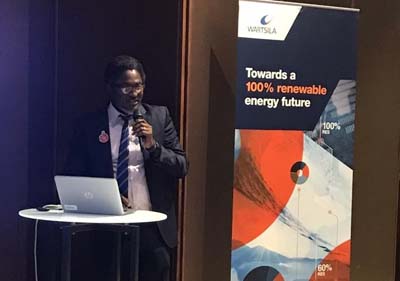
Nigeria is the largest and one of the fastest growing economies in Africa, yet despite a wealth of natural resources, the country continues to struggle with acute electricity shortages, which constrain its economic development.
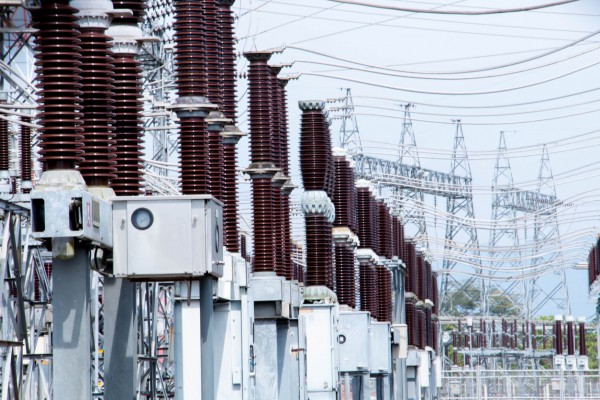
Yet Nigerians have continued to battle poor power supply with the situation worsening last week when the country’s power grid collapsed twice causing a huge black out across most parts of the country.

Africa knows where it needs to go. The big question is how. And more specifically: what is the most cost-effective energy mix that can be built to deliver all the new electricity capacity that is needed? Wind, solar, gas turbines, coal, gas engines… numerous options are available, but there is only one sweet spot.
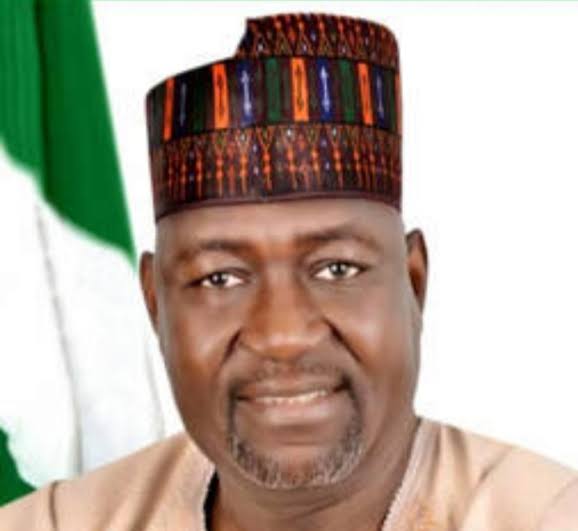
I am convinced that everything we need for the power sector to succeed is available to us. We must ensure that all stakeholders work together as a family to improve the lot of the power sector.
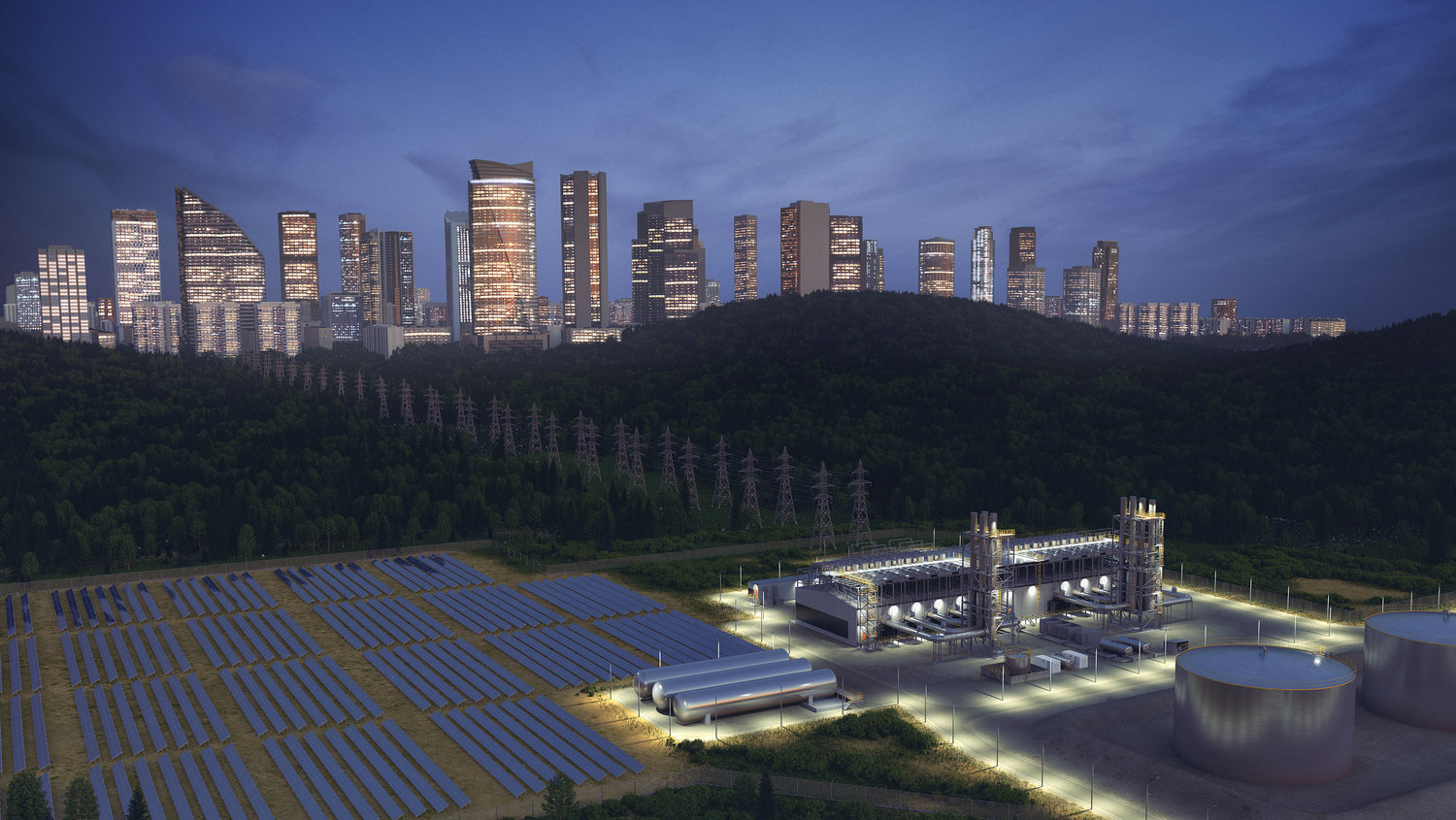
As the largest economy in Africa, with huge gas reserves and high solar energy potential, Nigeria has all the natural resources necessary to meet these targets.

Climate change mitigation and universal energy access are two global challenges that are inextricably linked.

While Kenya’s oil generation capabilities have been small to date, the country has made significant strides in terms of renewable energy – and further potential remains.